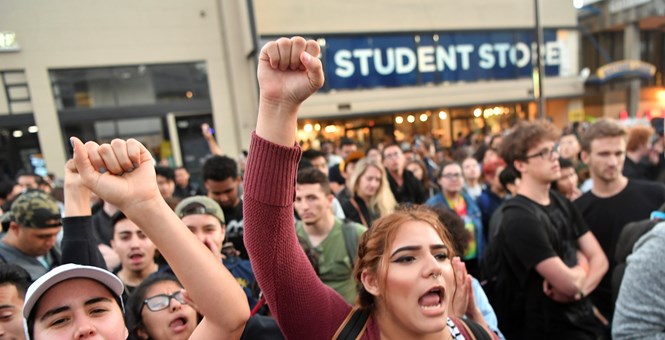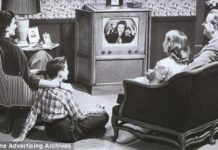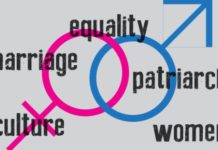The March for Our Lives took place last Saturday on March 24th. More than two million Americans took part in the student-led movement. The March was organized by students, however the data collected by University of Maryland Sociologist Dana R. Fisher, shows that the majority of the participants were not students.
Only about 10 percent of the participants were under 18. The average age of the adults in the crowd was 49 years old. 79% identified as “left-leaning” and 89% reported voting for Hillary Clinton. The group sampled were 70% women.The average participant at the March for Our Lives was most likely to be a middle-aged, liberal, woman according to the data.
A study from Quinnipiac University showed that 69 percent of women support stronger gun control.While the split is down the middle for men––with 47 percent in support of stricter gun laws, and 47 percent opposed, according to the poll.
According to Pew Research, men are twice as likely to own a firearm than compared to women. Men have historically owned firearms at a higher rate than women.
This can most likely be attributed to the fact that men have often taken the responsibility of protecting their family. With the destruction of typical gender roles, women have taken on many of the responsibilities that men once had, yet they still do not own firearms at the same rate as men.
Women came out in strong numbers in support for the March for Our Lives,particularly women that voted for Hillary Clinton. Women outnumbered men almost 3 to 1. One can draw their own conclusion, but the gun control issue is something that resonates much stronger with liberal, middle aged, women than any other subgroup in America.

























The same left-wing, professional marchers that also attended the women’s march and any other number of protests sponsored by the Democrats, socialists, and the left. Looking to march under different banners, they still have the same message. In many ways, I think it is healthy for them. A little exercise, fresh air and a chance to socialize with like-minded people to help improve their moods. It is an outlet for people in democratic societies (or republics). The one problem is the mainstream media trying to portray this as a new movement of sorts that is gaining steam for political purposes.